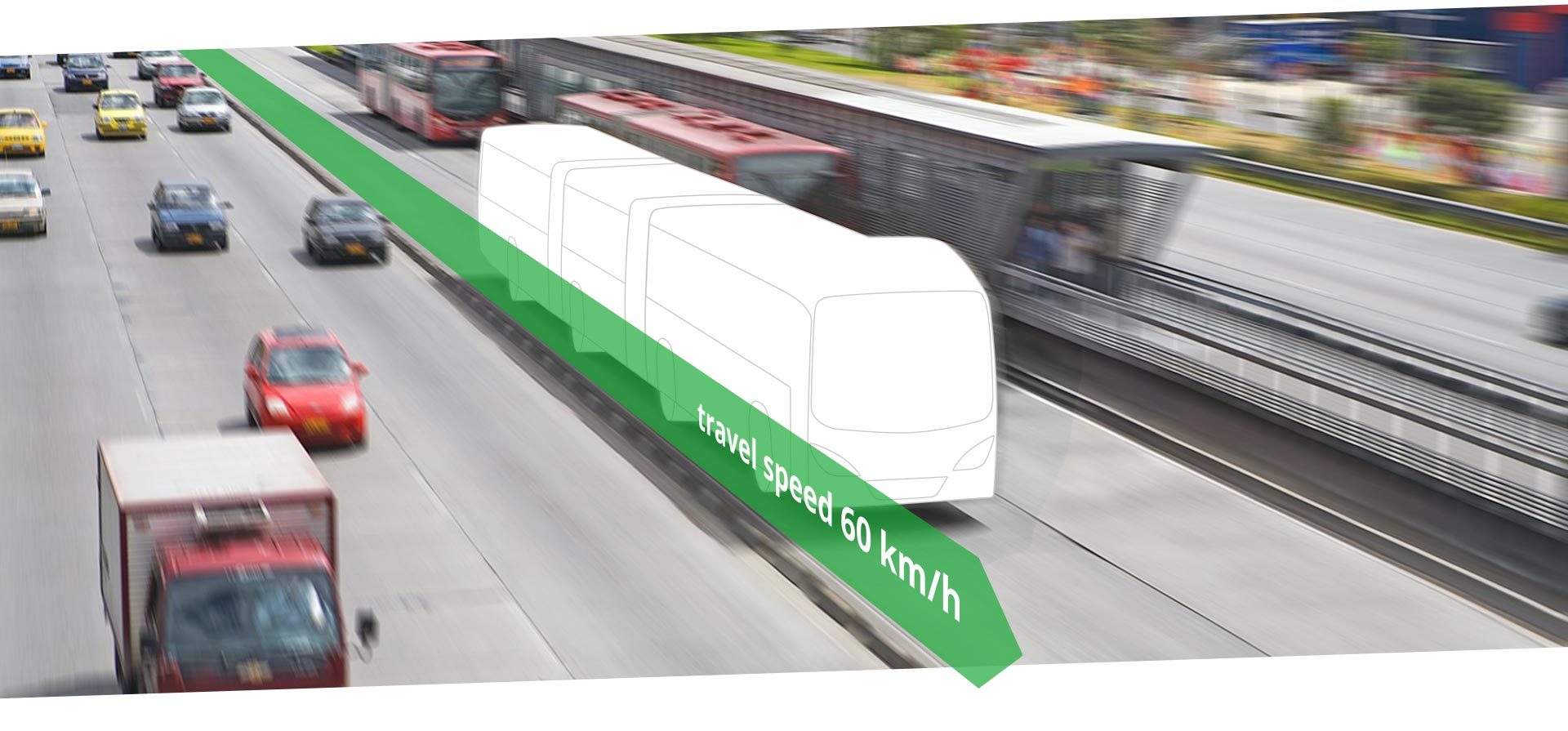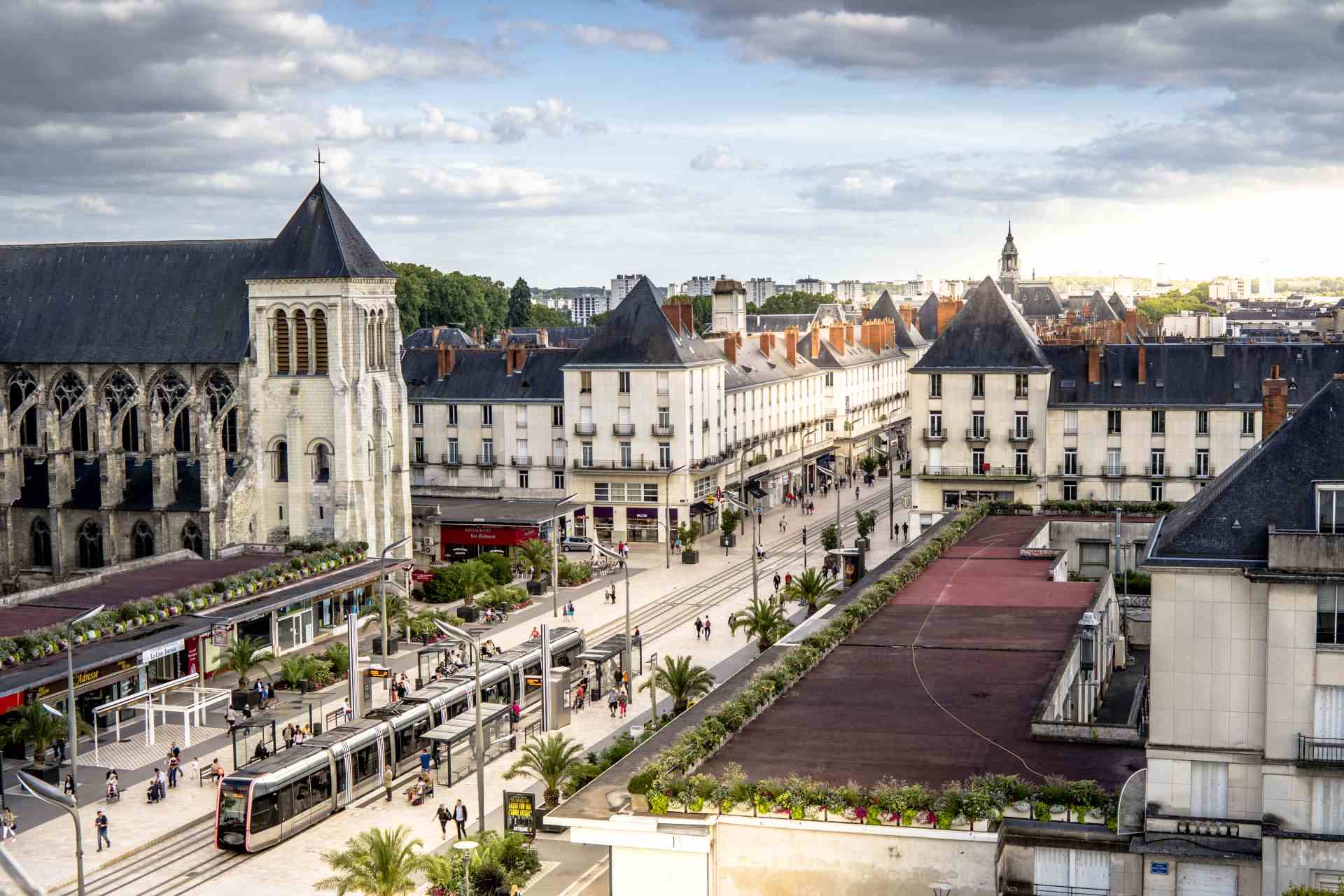
Conventional ground transit systems vs. autonomous and intersection-free urban transport systems
In urban passenger transport commuter rail, metro, tram and bus have become sustainably established. All of them have in common that they are simple, reliable and mass transport capable transit systems. Intersection-free transport systems with exclusive Right-Of-Way (ROW) and the e-mobility are (still) struggling. Autonomous vehicles are still a vision of the future with many (insurmountable) hurdles and cannot solve the mobility issues in urban environments.
Buses are mainly used for the fine distribution. In contrast, suburban or commuter rails and trams (in large cities) and metros (in cities with millions of inhabitants and megacities) form the backbone systems for the primary distribution. In general, the bus often represents a compromise solution and is not used according to its strengths. However, the bus scores with low depreciation costs and high flexibility.
 Trams and metros are popular transportation systems among passengers. Studies show that an expansion of these means of transport always leads to an improvement in the modal split (distribution of transport volume among the various modes or means of transport) in favor of public transport.
Trams and metros are popular transportation systems among passengers. Studies show that an expansion of these means of transport always leads to an improvement in the modal split (distribution of transport volume among the various modes or means of transport) in favor of public transport.
Fully automated, guideway based and intersection-free systems, so-called Automated Guideway Transit (AGT) systems, e.g. in monorail design, are only sporadically used as connector/feeder systems and are not attractive enough for large cities because of the interference with privacy (due to vehicles passing close to windows) and the high investment costs. Only in megacities (cities with millions of inhabitants), where mobility by motorized individual transport is almost impossible, multiple levels of public transport are necessary. There, monorail lines can be found sporadically as backbone systems.
Ecological, flexible, comfortable transport solutions operating independent of the motorized individual transport will gain increasingly attention in the future in public passenger transport while the offer for pedestrians and cyclists will continuously be expanded at the same time. However, these new types of green mass transit systems must be similarly powerful, available, flexible, and cost-effective as successfully operating transportation systems to form the backbone of modern public transportation.
Individual e-mobility or autonomous vehicles cannot solve the congestion problems in cities and improve the efficiency of traffic only to a limited extent. Even a green traffic jam is still a traffic jam.